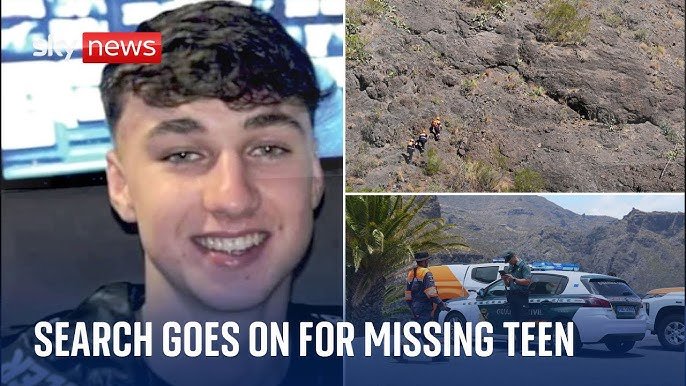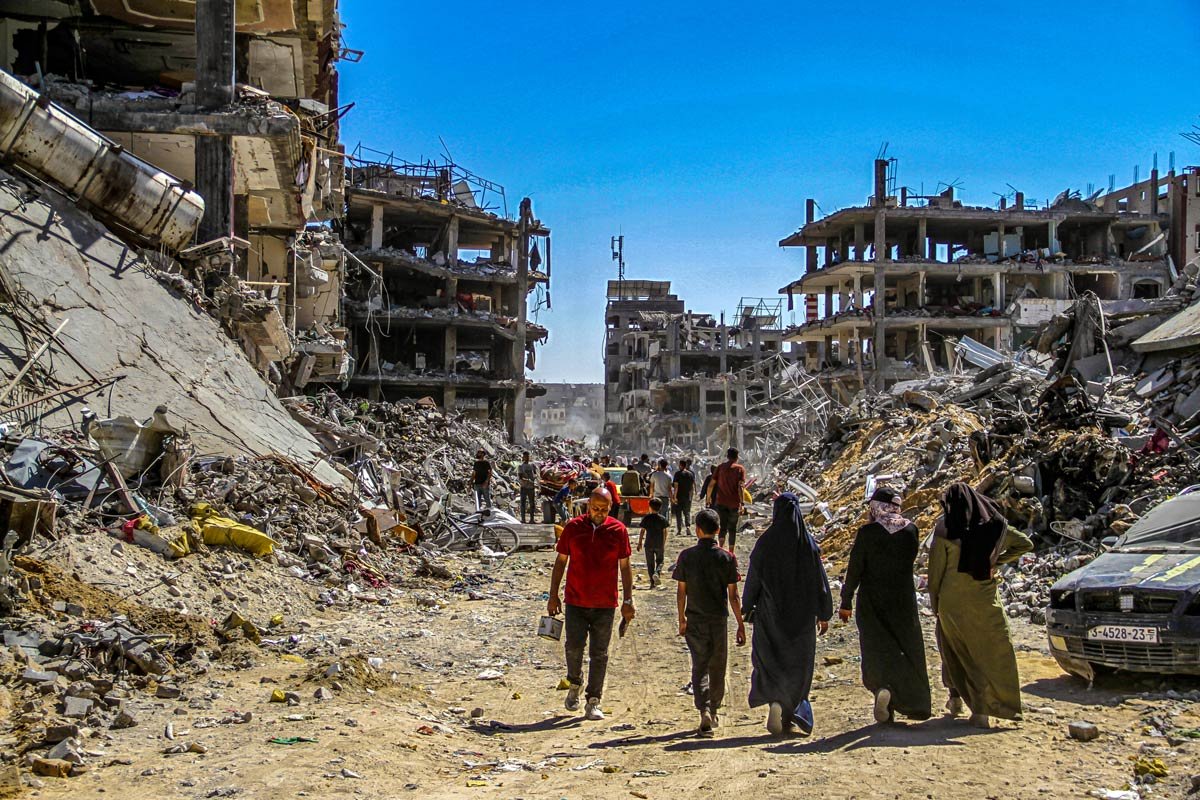In times of war and armed conflict, few words carry as much hope as “ceasefire.” It signifies more than just a pause in violence — it represents the possibility of peace, diplomacy, and the preservation of life. Ceasefires have been instrumental in ending wars, protecting civilians, and paving the way for long-term resolutions. Whether temporary or permanent, unilateral or negotiated, a ceasefire is a powerful tool in the international quest to mitigate human suffering.
What Is a Ceasefire?
A ceasefire is a temporary suspension of fighting between warring parties, often agreed upon to allow for humanitarian aid, negotiations, or peace talks. It can be:
- Bilateral or multilateral (involving two or more parties),
- Unilateral (declared by one party),
- Temporary (limited by time or purpose),
- Permanent (as part of a formal peace agreement).
While a ceasefire does not always mean the end of a war, it is often the first step toward de-escalation and reconciliation.
Ceasefires can be arranged for many reasons, such as:
- Allowing civilians to evacuate conflict zones,
- Enabling delivery of humanitarian aid,
- Providing space for negotiations or diplomacy,
- Observing religious holidays or cultural events.
Historical Examples of Ceasefires
Throughout history, ceasefires have played a pivotal role in shaping the outcomes of wars and conflicts. Here are a few key examples:
1. Christmas Truce of 1914
During World War I, on Christmas Eve and Christmas Day, soldiers along the Western Front unofficially stopped fighting. They exchanged greetings, sang carols, and even played soccer in no man’s land. Though brief and informal, the Christmas Truce remains one of the most iconic ceasefires in history, illustrating shared humanity even in the depths of war.
2. Korean War Armistice (1953)
The Korean War, which lasted from 1950 to 1953, ended not with a peace treaty but with an armistice agreement — a type of formal ceasefire. While North and South Korea technically remain at war, the ceasefire has largely held for over 70 years, maintaining a fragile peace on the Korean Peninsula.
3. Good Friday Agreement (1998)
The conflict in Northern Ireland, known as “The Troubles,” saw decades of violence between nationalist/republican and unionist/loyalist communities. The Good Friday Agreement included a comprehensive ceasefire that helped bring peace to the region, backed by political reform and power-sharing arrangements.
4. Syria Ceasefires
Since the outbreak of the Syrian Civil War in 2011, multiple ceasefires have been brokered by the United Nations, the United States, Russia, and other stakeholders. While many of these efforts have been fragile or short-lived, they often provided crucial windows for humanitarian access and diplomacy.
Ceasefires in Modern Conflicts
In today’s global landscape, ceasefire are more critical than ever. Conflicts in regions like Ukraine, Gaza, Yemen, Sudan, and Myanmar have prompted widespread calls for temporary or permanent halts to fighting.
Ukraine and Russia (2022–Present)
The invasion of Ukraine by Russia has led to devastating humanitarian consequences. International efforts to broker ceasefires have seen limited success, often being violated shortly after implementation. However, temporary ceasefires have at times allowed the evacuation of civilians and delivery of aid to besieged areas like Mariupol.
Gaza and Israel
The recurring conflicts between Israel and Palestinian groups, especially in Gaza, frequently involve calls for ceasefires to prevent further civilian casualties. While ceasefires are often brokered with the help of Egypt, Qatar, and the UN, their durability varies widely depending on political and military conditions.
Yemen’s Civil War
After years of brutal conflict, a ceasefire brokered in 2022 between the Yemeni government and Houthi rebels offered hope for peace. Although fragile, it led to a significant drop in hostilities and renewed talks — a sign of what well-structured ceasefires can achieve.
Challenges of Maintaining a Ceasefire
While ceasefires offer hope, they are often fragile and difficult to enforce. Some common challenges include:
- Lack of trust between conflicting parties,
- Spoilers — groups that benefit from continued conflict,
- Ambiguity in terms or locations covered,
- Poor communication, leading to misunderstandings,
- Failure to address root causes of the conflict.
Monitoring and verification mechanisms are essential. Organizations like the United Nations, OSCE, and independent NGOs often deploy peacekeepers or observers to ensure compliance and report violations.
Ceasefires and International Law
Under international humanitarian law, particularly the Geneva Conventions, ceasefires play a crucial role in protecting civilians and ensuring the humane treatment of combatants. They can be:
- Humanitarian ceasefires — aimed solely at providing aid and relief,
- Negotiated ceasefires — part of peace processes involving mediators and agreements,
- Spontaneous ceasefires — arising out of necessity or battlefield stalemates.
Breaching a ceasefire can lead to international condemnation, loss of credibility, and even legal consequences under war crimes tribunals.
The Role of Diplomacy and Mediation
Behind most ceasefire are months — or even years — of diplomacy. Peace envoys, international mediators, and regional organizations often play a behind-the-scenes role in bringing parties to the table. Mediation efforts by entities such as:
- The United Nations,
- The African Union,
- The European Union,
- Regional powers (e.g., Turkey, Qatar, or Egypt),
…can be the deciding factor in whether a ceasefire holds or collapses.
Successful mediation usually involves:
- Building trust and rapport with all sides,
- Understanding the underlying grievances,
- Offering incentives for compliance,
- Proposing neutral third-party verification.
Ceasefires and Public Opinion
Public pressure can play a vital role in pushing leaders to agree to ceasefires. In democracies, citizen activism, media coverage, and civil society organizations often amplify calls for peace. Globally, movements such as #CeasefireNow and petitions to the UN or national governments reflect a growing demand for peaceful resolutions.
In some cases, celebrities, religious leaders, and humanitarian organizations also lend their voices, increasing visibility and urgency.
The Path from Ceasefire to Peace
While a ceasefire is not a guarantee of long-term peace, it can be a foundation for dialogue and reconciliation. The transition from ceasefire to peace process involves:
- Comprehensive peace talks,
- Addressing political, social, and economic root causes,
- Involving civil society and marginalized groups,
- Disarmament, demobilization, and reintegration (DDR) programs,
- Rebuilding institutions and trust.
This journey is long and complex, but ceasefires are the first step on the path away from war.
Conclusion:
The word “ceasefire” may sound simple, but its implications are profound. It symbolizes hope amid despair, humanity amid violence, and diplomacy amid destruction. Whether temporary or permanent, ceasefires save lives, offer breathing space for civilians, and open doors to political solutions.
In a world increasingly fraught with conflict and polarization, the need for effective ceasefire — and the international will to uphold them — has never been more urgent. They may not solve every problem, but without them, the path to peace becomes far more difficult.
As global citizens, understanding the importance of ceasefires helps us appreciate the value of diplomacy, the cost of war, and the power of even a moment of silence in the noise of battle.





